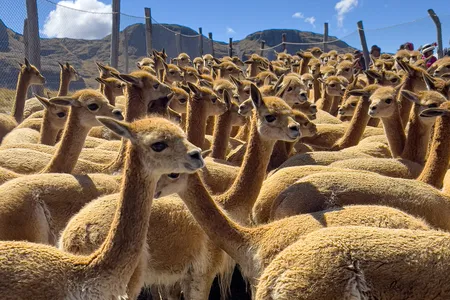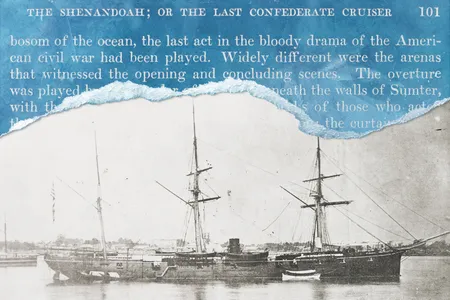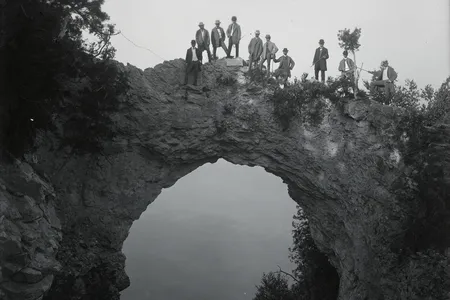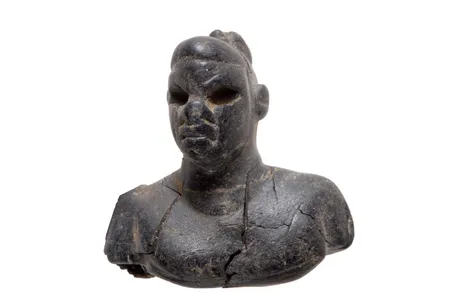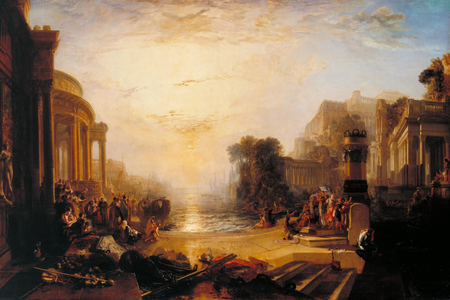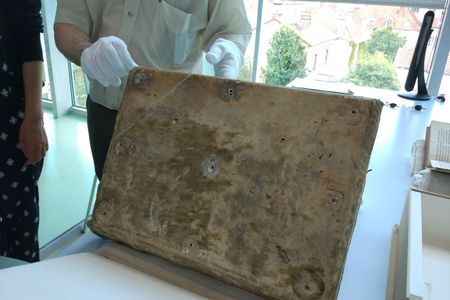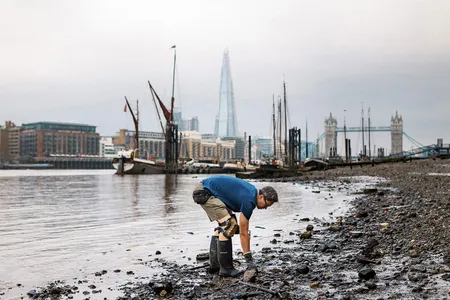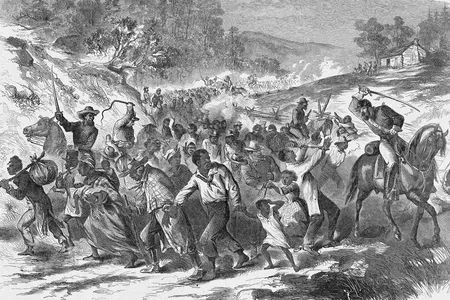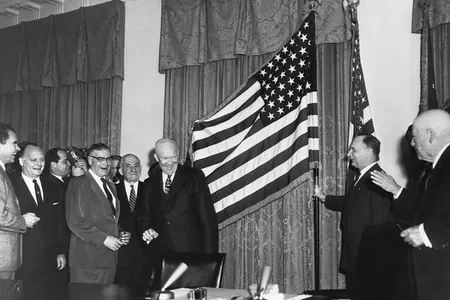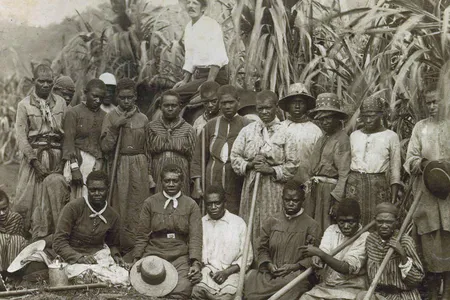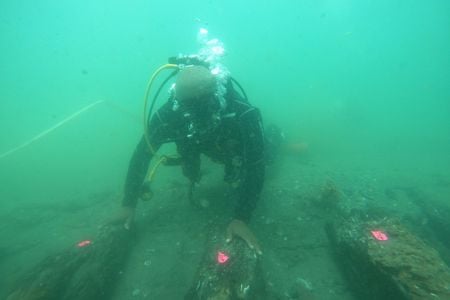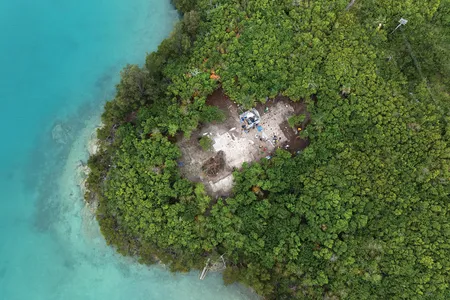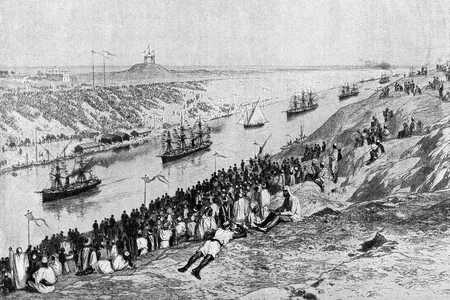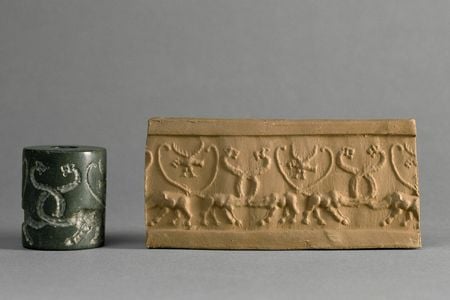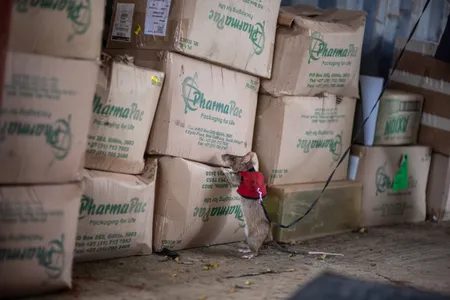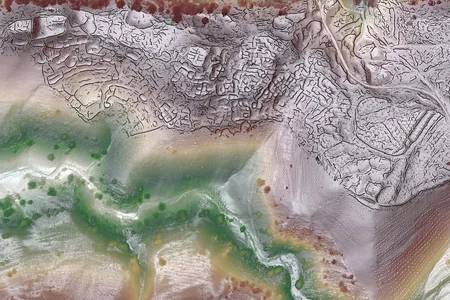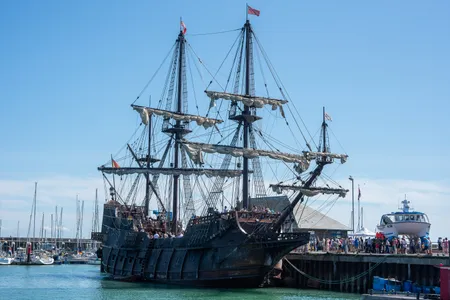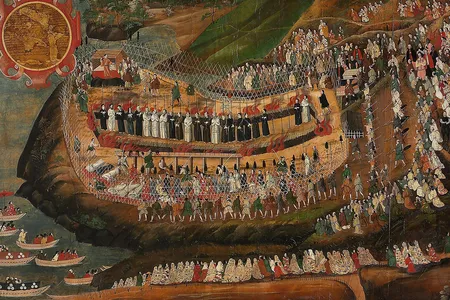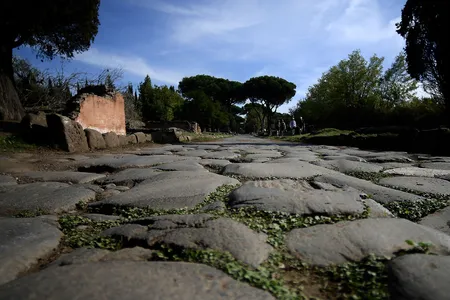Stolen Historic Documents Surface in Attic—Ten Years After an Employee Used Them as Collateral to Borrow Money
The thief likely took the trove when he worked for the Dutch National Archives in 2015. Recently, someone found them in storage and contacted art detective Arthur Brand
How an Ancestral Peruvian Ceremony Is Saving the Once-Endangered Vicuña
Each year in the first weeks of June, Indigenous communities in the Andes form a human chain to corral the camelids and shear their valuable wool
Untold Stories of American History
A Confederate Raider Fired the Final Shots of the Civil War in the Arctic, Two and a Half Months After Robert E. Lee Surrendered
The CSS “Shenandoah” only learned of the Confederacy’s defeat in the summer of 1865. That June, the cruiser’s crew sank 24 American merchant vessels, unaware that the conflict had already ended
How America’s Forgotten Second National Park Lost Its Federal Status—and Gained a New Lease on Life as a State Park
Much of Mackinac Island was designated as a national park in 1875, but it proved to be too expensive for the government to maintain, so it was transferred to the State of Michigan in 1895
Archaeologists Unearth Two Rare African Figurines in 1,500-Year-Old Christian Burials in Israel
The artifacts were buried in the graves of a young woman and child, who may have converted to Christianity in Africa before traveling to the region, researchers say
Carthaginians, Ancient Rome’s Infamous Enemies, Are Not Exactly Who Scholars Thought They Were, Ancestry Study Suggests
DNA reveals that the people of Carthage, a powerful independent colony founded by the Phoenicians, had little genetic similarity to their counterparts in the Levant
Some ‘Hairy’ Medieval Books Were Covered in Sealskin, and Researchers Don’t Know Exactly Why
Historians were surprised when analyses revealed Catholic monks used pinniped hides for the protective outer layer on some manuscripts, rather than skins from the local boars and deer
History-Hunting Mudlarks Scour London’s Shores to Uncover the City’s Rich Archaeological Treasures
A new exhibition at the London Museum Docklands spotlights hundreds of mudlarking finds, from Bronze Age tools to Viking daggers to medieval spectacles
Untold Stories of American History
After Confederate Forces Captured Their Children, These Black Mothers Fought to Reunite Their Families
During the Civil War, Confederates targeted free Black people in the North, kidnapping them to sell into slavery. After the conflict ended, two women sought help from high places to track down their lost loved ones
On This Day in 1959, Alaska—One of America’s Riskiest Investments—Became the 49th State in the Union
Before Alaska became an American state, Russia invaded and subjugated its people for fur trading
How ‘Blackbirders’ Forced Tens of Thousands of Pacific Islanders Into Slavery After the Civil War
The decline of the American South’s cotton and sugar industries paved the way for plantations in British-controlled Fiji and Australia, where victims of “blackbirding” endured horrific working conditions
A Mysterious Shipwreck Rests Just 20 Feet Below the Surface. It May Be Connected to Vasco da Gama’s Final Voyage
Researchers think a coral-covered vessel discovered off the Kenyan coast could be the “São Jorge,” a galleon that sank 500 years ago
The Hidden History of Bermuda Is Reshaping the Way We Think About Colonial America
New archaeological finds on the islands have revealed secrets about one of Britain’s first settlements in the Americas—and the surprising ways it changed the New World
How the Groundbreaking Suez Canal Forever Transformed the World’s Shipping Routes
The massive global shortcut linking the Mediterranean and Red Seas took ten years to dig through the Isthmus of Suez and was built on the path of an ancient canal
The World’s Earliest Writing System May Have Been Influenced by Older Symbols Found on Stone ‘Cylinder Seals’
Thousands of years ago, our ancestors used symbols to track the sale of textile and agricultural products. New research suggests that these markings informed the development of writing
These Giant, Vest-Wearing Sniffer Rats Could Help Combat the Illegal Wildlife Trade, Scientists Say
Researchers trained African giant pouched rats to detect commonly smuggled items, including rhino horns and elephant tusks
Archaeologists Map Two Forgotten Medieval Cities That Flourished Along the Silk Road in the Mountains of Central Asia
The new research could change history’s understanding of the sprawling trade network that connected Europe and the Middle East to East Asia
You Can Climb Aboard a Massive Reproduction of a 17th-Century Spanish Galleon That’s Sailing Around the World
The Galeón Andalucía, which is now making its way to London, was designed to resemble the armed merchant vessels manufactured by Spain and Portugal between the 16th and 18th centuries
Why Japan’s Shogun Executed Dozens of Christians During the Great Genna Martyrdom of 1622
On September 10, 1622, Japanese officials burned alive or beheaded 55 missionaries and laypeople alike. The violence coincided with Japan’s push to expel all foreign influences
Ancient Rome’s Appian Way Is Now a UNESCO World Heritage Site
The 500-mile-long stone highway is Italy’s 60th property to receive the designation
Page 1 of 6

